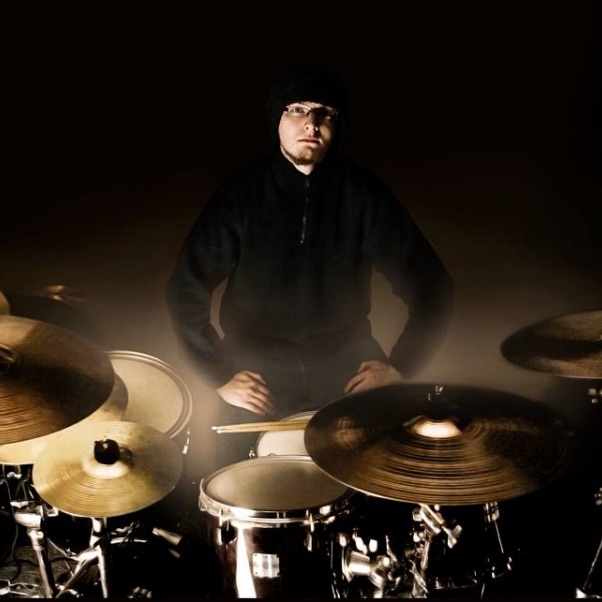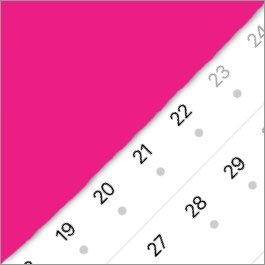Grade 5 Technical Focus: Time Signature Changes
By Tom Warner
Playing out of 4/4 can seem somewhat daunting to even an experienced drummer when it’s a new concept - the same goes for any new skill really. However, time is all relative, and this is particularly true in music. One person’s 15/16 is another person’s quintuplets (5 notes in one quarter note) in 3/4. Some people even hear multiple time signatures as 4/4, such as English prog legend Craig Blundell. There are three kinds of time signatures: common time divides the bar into 2 even numbers, compound time divides it into 3, and complex time doesn’t divide at all. 4/4 and 6/8 are common times, 3/4 and 9/8 are compound times, and 7/8 and 5/4 are complex times, for example. In order to overcome the time signature changes in 'Alive' by Pearl Jam, we must explore counting mechanisms in these times.
Intro – 2/4 and 4/4
This fill spanning over bars 9 and 10 crosses over a bar of 2/4 and 4/4. This is a total number of 6/4, so instead of trying to learn two bars in two time signatures, learn the whole fill as a single, simple bar of 6/4. A simple change of perception goes a long way in counting different time signatures.
First, learn the fill as a count (this will be the rhythm and overall sound of the fill). Count along to a metronome to make sure you have the right sound then count it along to the track at the point of this fill. Once you can count the rhythm tap it out on the snare, then start to move it around the kit accordingly. Once your brain has the rhythm embedded, it will easily place the notes around the kit.
Instrumental - 7/8
7/8 can be a very fun time to play in. It is a single quaver (8th note) shy of 4/4, so you can count it ‘’1-and-2-and-3-and-4-1-and-2-and...etc" which is much easier to follow than a count to 7. The fill itself plays over the 7/8 bar, and plays two groups of four semiquavers (16th notes) broken up by a quaver rest, and finishes on two more semiquavers. So you could count it ‘’1-e-and-a – and-a-3-e – 4-e’’ if you were to adopt the 4/4 syllabic count. Be aware that you’ll naturally want to end these fills on "4" notes, so anticipate that it will feel like it cuts short, because it does. Play the 7/8 bar, and end the ‘’4-e’’ count on beat one of the 4/4 bar, and then try transitioning between the two bars. Don’t try to keep this going until you feel comfortable with the transition between 7/8 and 4/4.
Counting in odd times – exercises
Here are some handy little exercises you can use to develop your counting in different times, plus a couple of polymetres to keep it interesting!
EXERCISE 1
EXERCISE 2
EXERCISE 3
EXERCISE 4
When attempting new time signatures in a quaver count (i.e. 7/8), see how far you can count to 4, and then work with that count. Try to avoid using new methods of counting as it may just confuse matters. Treat every time signature like this as just a smaller or larger 4/4. If you are counting a time signature as a crotchet (quarter note) then you simply just count normally until you reach that number (i.e. 5/4, count to 5, or see it as a count to 4 plus 1 more).
About the author
Tom Warner is a drum tutor based in Sheffield, UK. He is in the process of completing a Masters Degree in Creative Practice revolving around Physiotherapy and Neurotherapy with drumming at the heart, and has the intention of starting a PhD by 2021 to further his studies in drumming as a clinical therapy. He has worked as a leading drum teacher at mgrmusic.com since 2014, teaching hundreds of students during this time.













